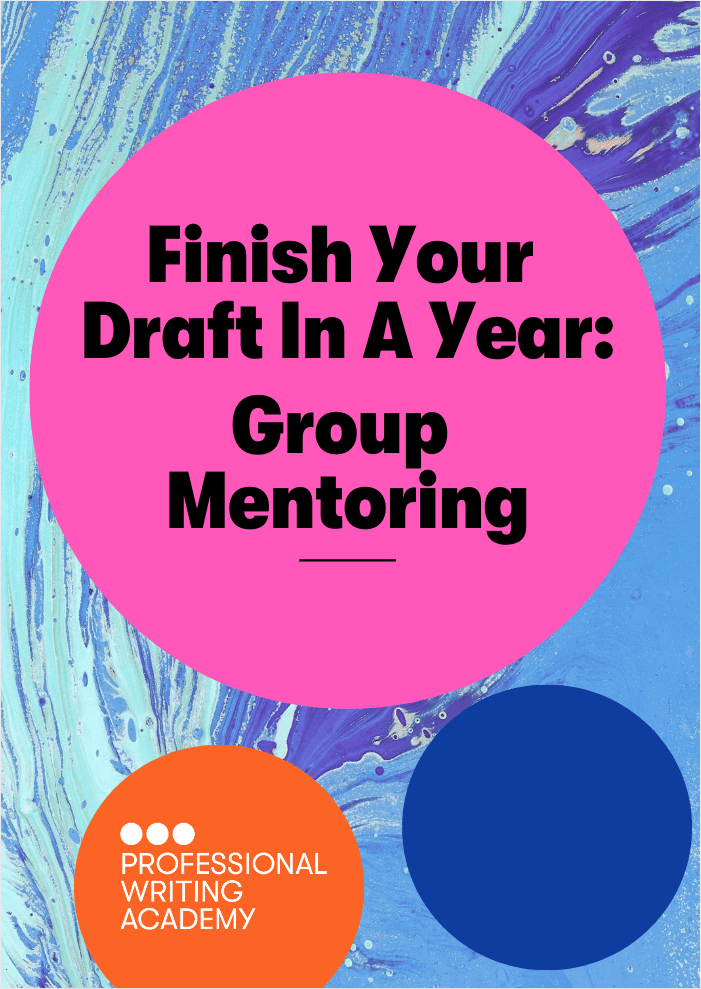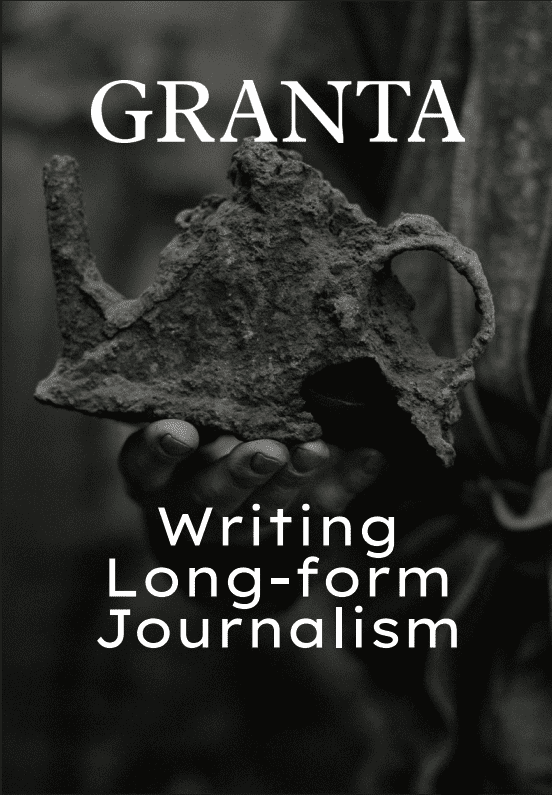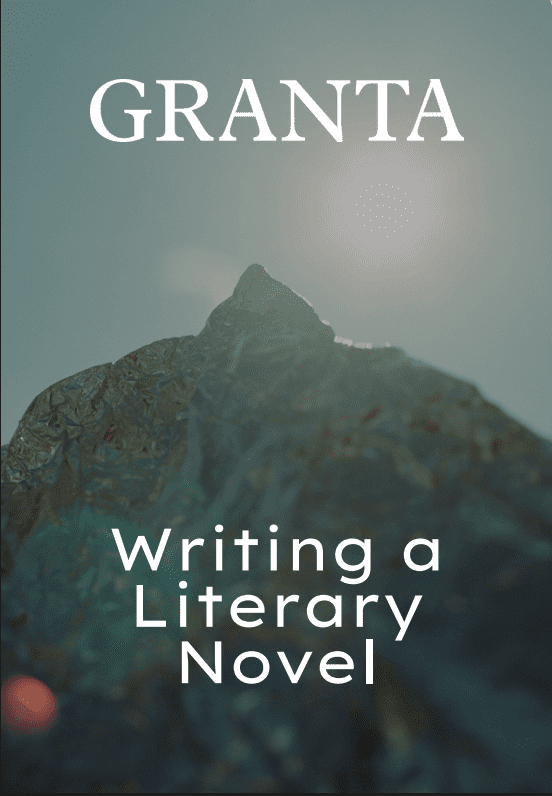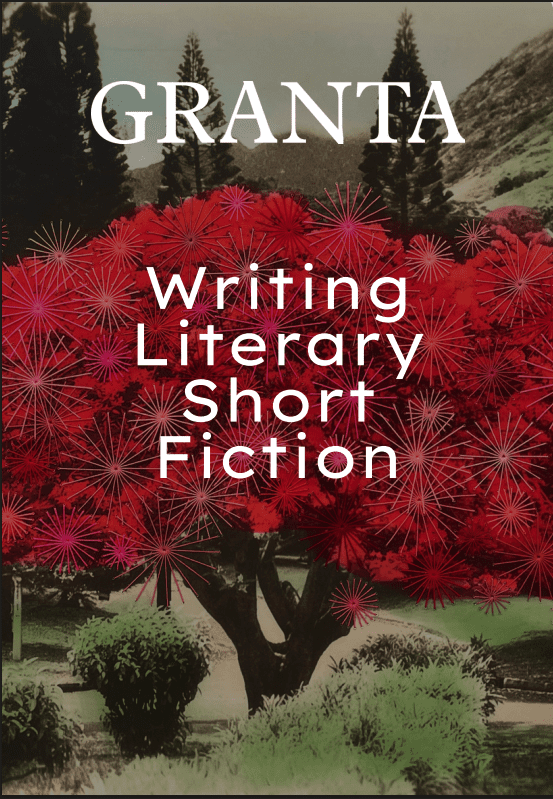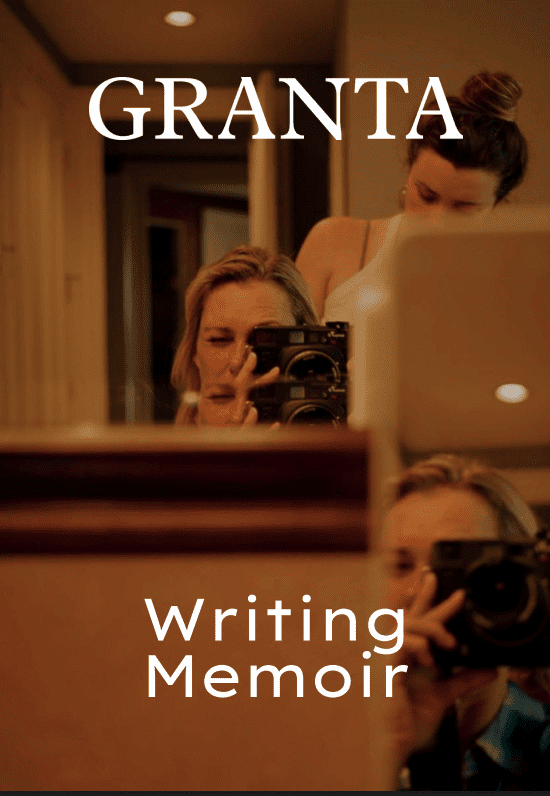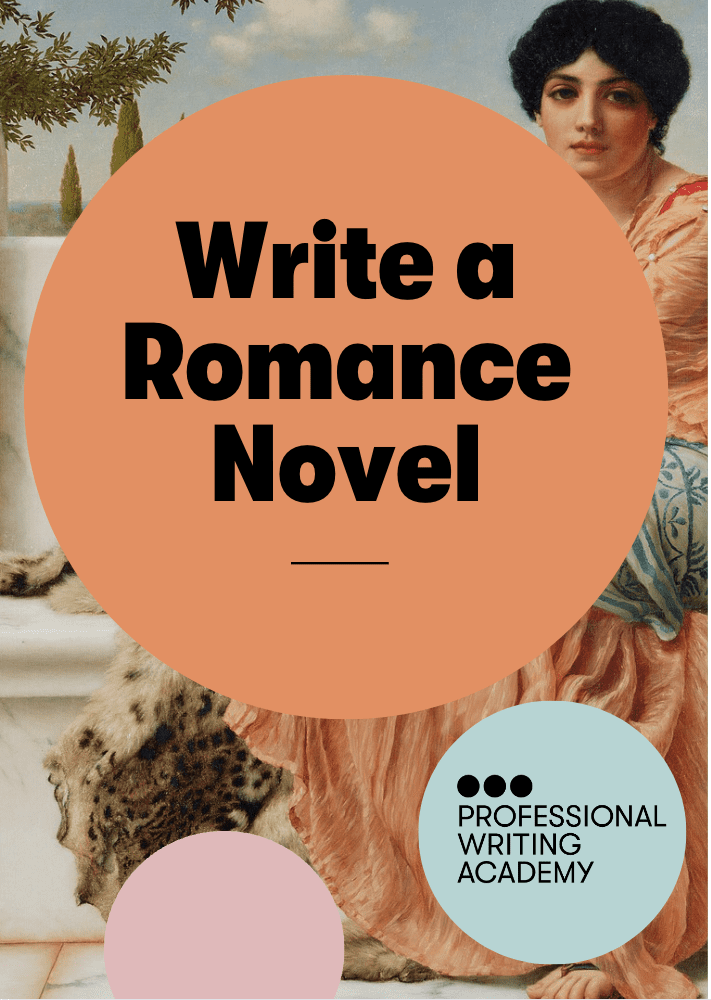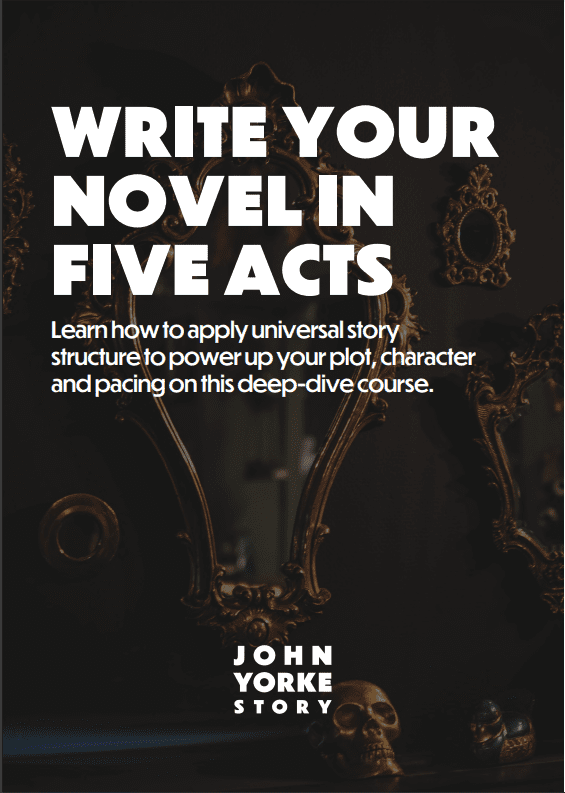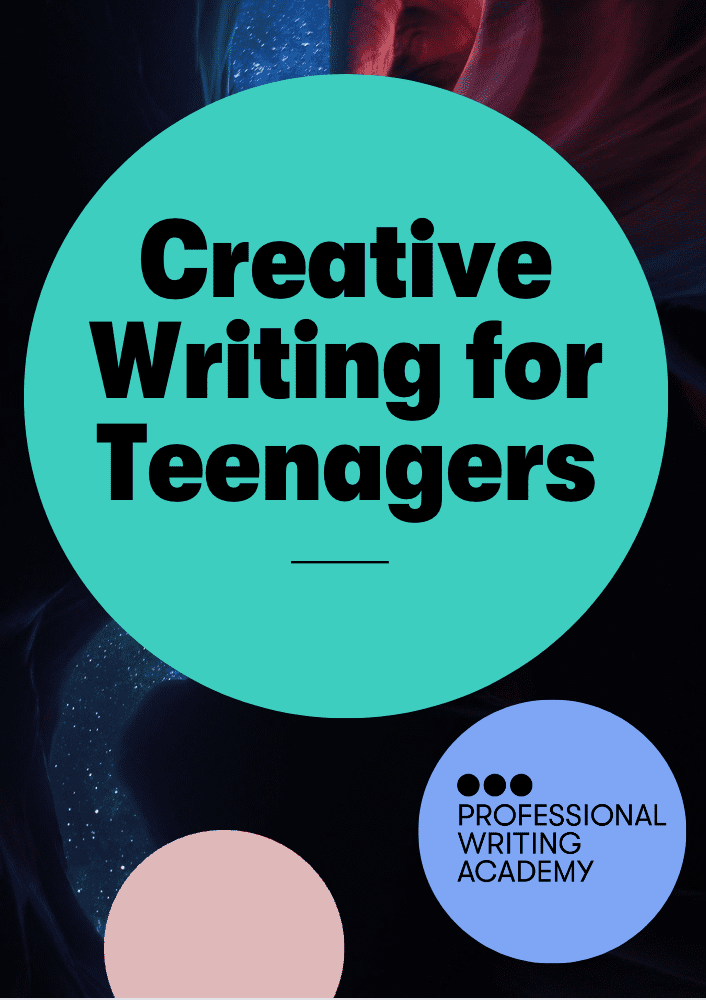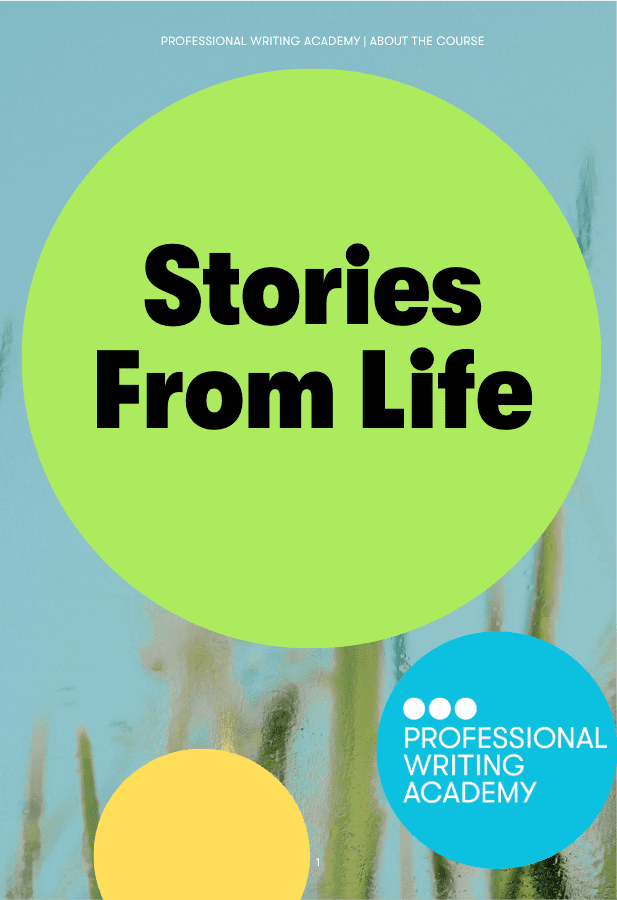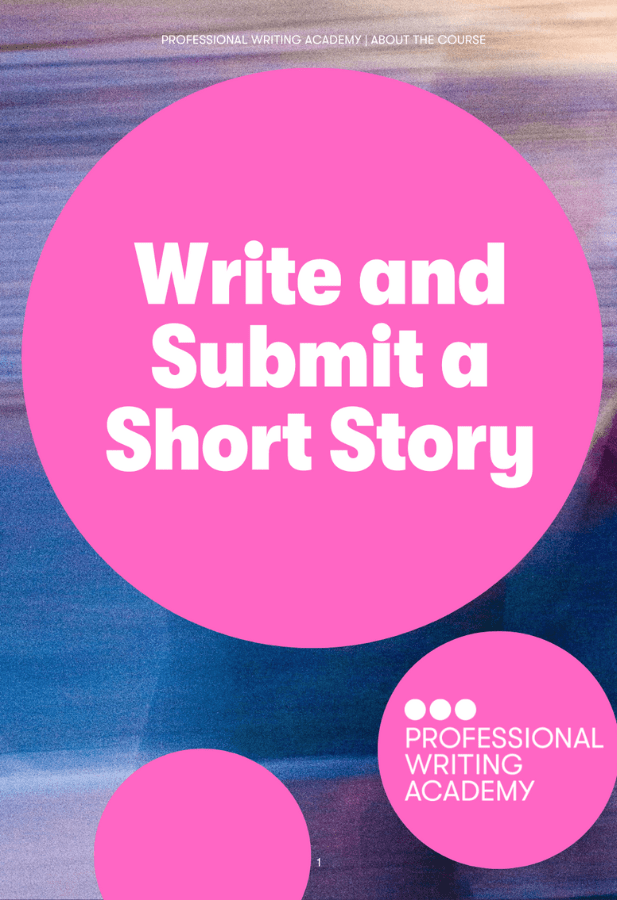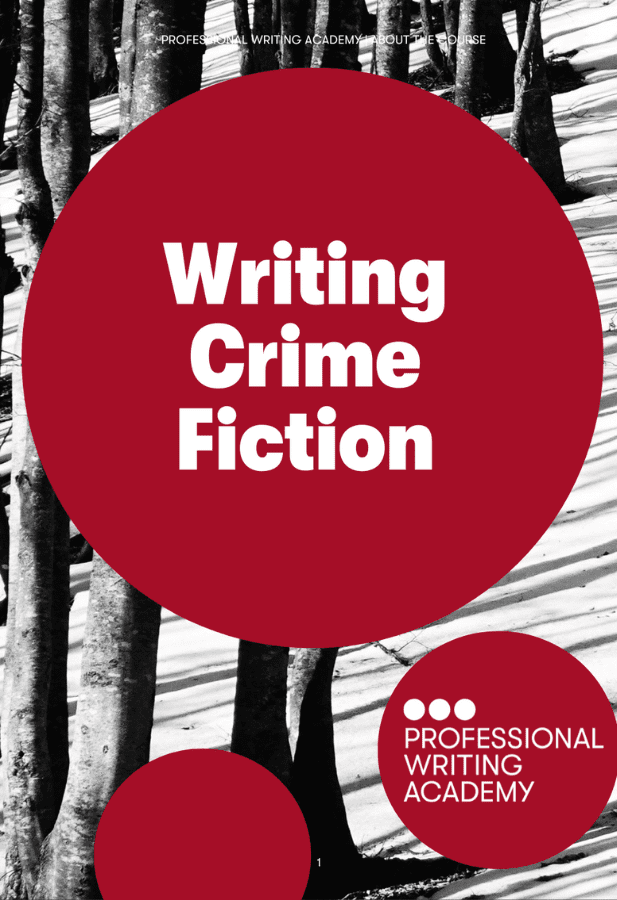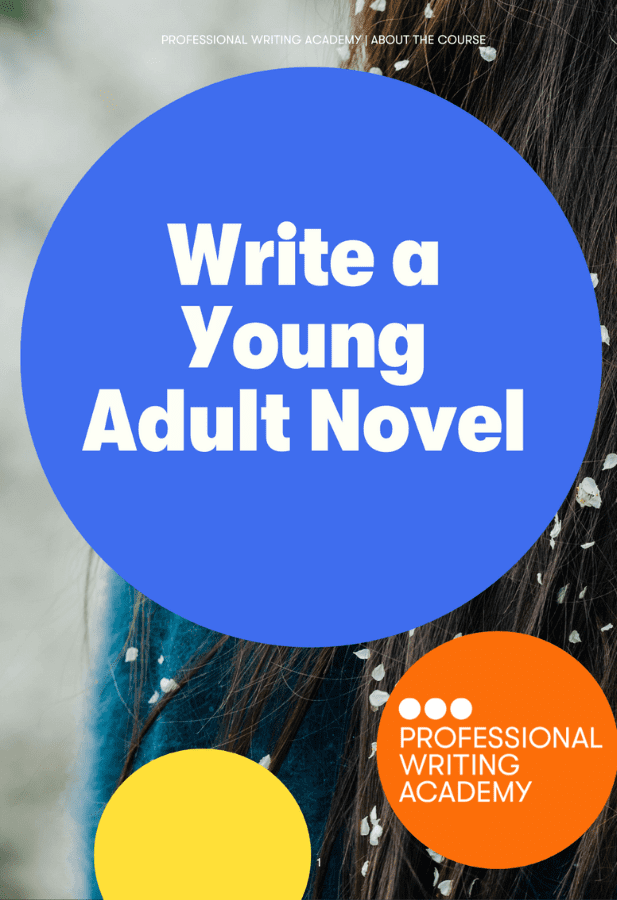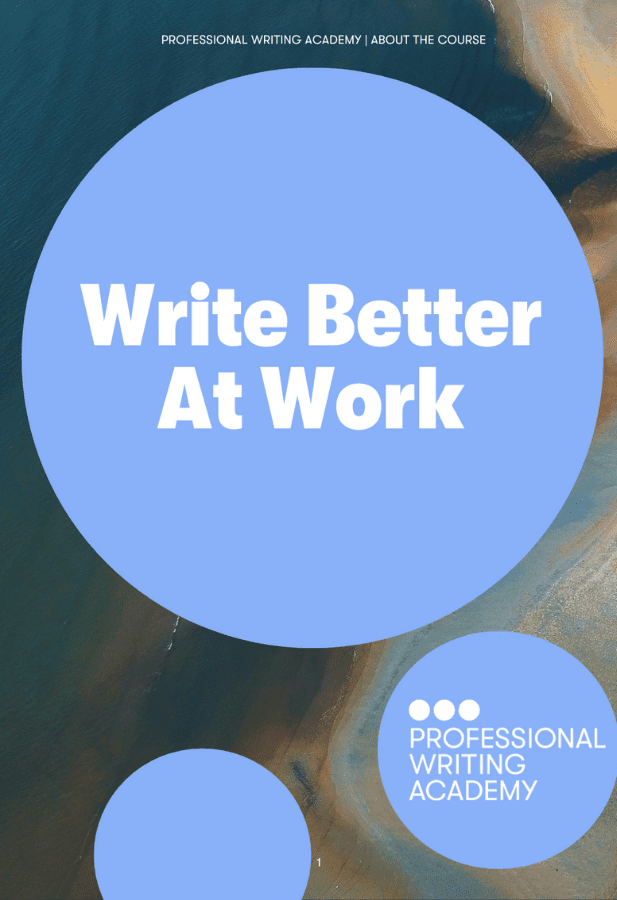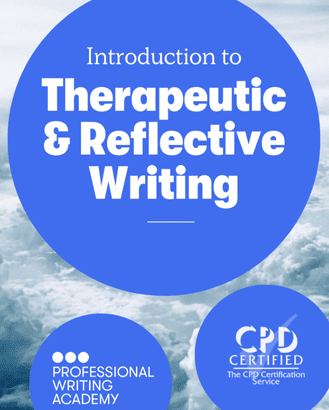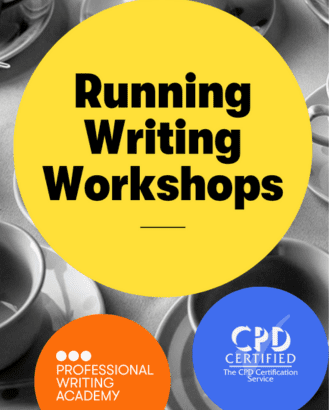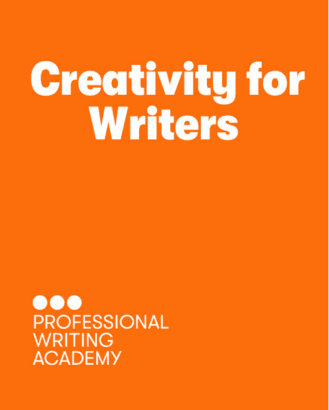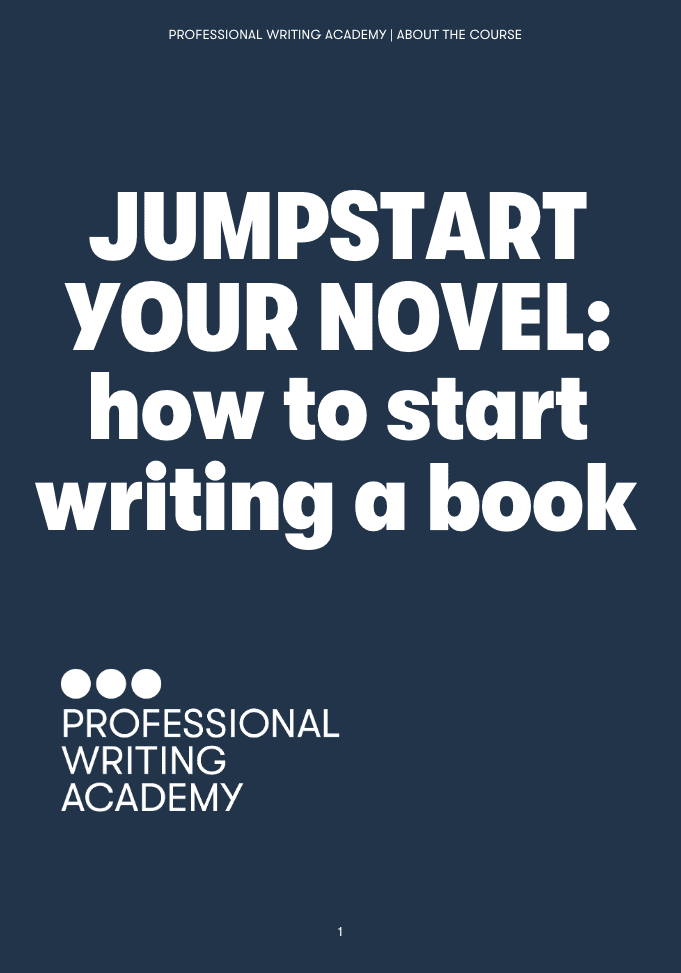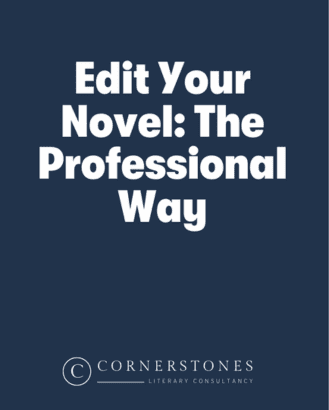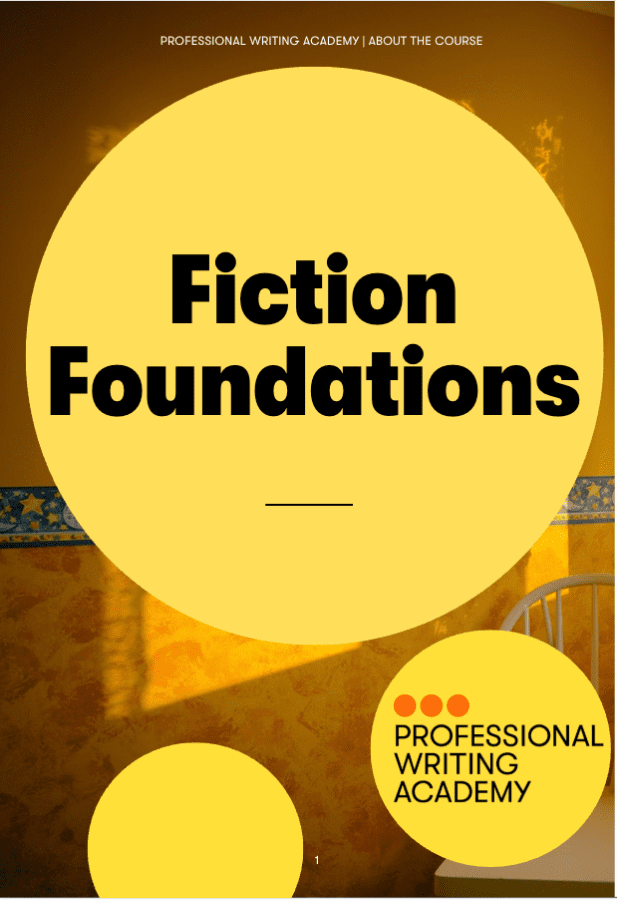Perhaps your walls are covered in scrawled post-it notes with curled-up edges (you know the sort). Or maybe you’ve tried the planning tools on novel-writing software Scrivener.
If you’re anything like me, you’ll have a rough idea of where the story is going but find that events change as you begin writing it out.
In the most recent draft of my novel, a random New Zealander turns up on a hillside and starts giving life advice to my main character. Not to mention the sinister sheep who is in danger of upstaging the protagonist.
All these twists and turns naturally affect the sequence of building blocks in a novel. So, what is that elusive story structure when the plot’s beginning to crash around you like rocks in a river?
The beginning should be about possibilities; the ending about resolution.
– Tom Bromley
Tom’s top tips
Try visualising your novel as bookends on a shelf
The first point concerns the idea of what I like to call ‘bookends’.
There is an idea that the structure of a novel is a little like a shelf of books, with a pair of matching bookends at the beginning and end, and the books themselves as the chapters in between. That matching element is important.
The start and end of a narrative do different things. The beginning should be about possibilities and an event that creates a sense of ‘imbalance’, and the ending about resolution and the restoring of a sense of balance or equilibrium.
Yet they should be two parts of the same piece, so what happens at the start has its conclusion at the close.
Look at the seven basic plots
In terms of creating structures, try reading The Seven Basic Plots by Christopher Booker.
In this, the author analyses thousands of stories of all kinds and distills them down to seven essential archetypes. It’s quite a long book, but the opening 100 pages or so where he lays this out are a fantastic read.
If you’re worried about your structure, you could do worse than deciding which of these plots your idea is closest to and plugin: that will then give you a solid frame to hang your story on.
Leaving some ‘wiggle room’ for your characters can be liberating.
– Liz Melnyczuk
Use the ten-page rule
For those of you a little unsure about what happens at the end of your narrative, quite often the answer can (and arguably should) be found in its start.
Take Lord of the Flies. If you read the first ten pages you’ll notice that the ending of the book is within sight at the beginning. That’s a good book to look at as an example.
Going back to the idea of ‘imbalance’, one student commented that at the beginning of The Unlikely Pilgrimage of Harold Fry the everyday is ‘significantly and irretrievably disturbed’.
The word ‘irretrievably’ is spot on here: that ‘no going back’ feeling is what you should be aiming for.
Aim for balance when you plot: avoid over or under-planning
On the subject of ends, you may have thought hard about your beginnings but might not be sure how things finish.
Here, I’d say don’t worry: every writer is different in terms of how much detail they like a plot planned out before they start to write.
I’ve worked with writers who like to leave things open because they want that element of surprise in there for themselves when they write.
I’ve had others who have plotted the book out to an nth degree, and come up with synopses up to 100 pages long, with almost a paragraph by paragraph breakdown at times as to what is going to happen.
For me, there’s no right answer to what you should and shouldn’t do: it’s what works for you. Generally, if you veer too much one way or the other, then that’s when you get into trouble.
Going into things with no structure tends to mean a LOT of rewriting and redrafting while over-plotting can mean when you get that magic moment of a character doing things you hadn’t expected, there’s not much room for that to go.
So the structure and a sense of shape are good, but a bit of wiggle room for what you can discover along the way is also important to build in.
So whether you view your novel as a bookshelf or learn about the seven basic plots, it’s good to know that leaving some ‘wiggle room’ for your characters can be liberating.
So I can keep the random New Zealander and menacing sheep. And I think that’s part of the magic of writing: when characters begin to breathe by themselves.



